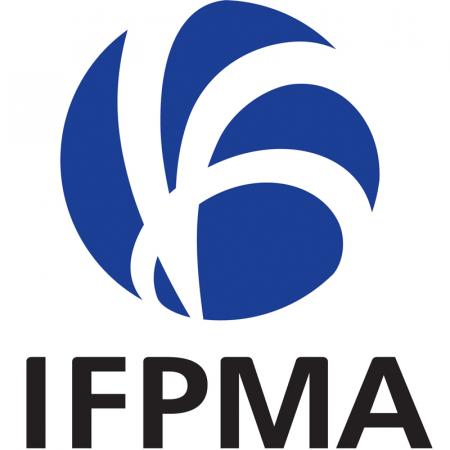Global genomic and antimicrobial resistance profiling of Neisseria gonorrhoeae: Insights from whole genome sequencing and minimum inhibitory concentration analysis
A large genomic study of 38,585 Neisseria gonorrhoeae isolates revealed a global rise in multidrug resistance, driven largely by efflux pump systems and resistance genes. Efflux pump genes (mtrC, farB, norM, mtrA) were detected in nearly all isolates, underscoring their crucial role in antibiotic evasion.
High Minimum Inhibitory Concentrations (MICs) for penicillin (linked to the blaTEM beta-lactamase gene) and spectinomycin indicate waning treatment effectiveness. Meanwhile, zoliflodacin, gentamicin, and fluoroquinolones still show relatively low MICs and remain promising therapeutic options.
Regional variations suggest that local antibiotic use strongly influences resistance patterns. The findings stress the need for enhanced AMR surveillance, responsible antimicrobial stewardship, and the development of new treatment strategies to combat resistant gonorrhea worldwide.
AMR NEWS
Your Biweekly Source for Global AMR Insights!
Stay informed with the essential newsletter that brings together all the latest One Health news on antimicrobial resistance. Delivered straight to your inbox every two weeks, AMR NEWS provides a curated selection of international insights, key publications, and the latest updates in the fight against AMR.
Don’t miss out on staying ahead in the global AMR movement—subscribe now!






